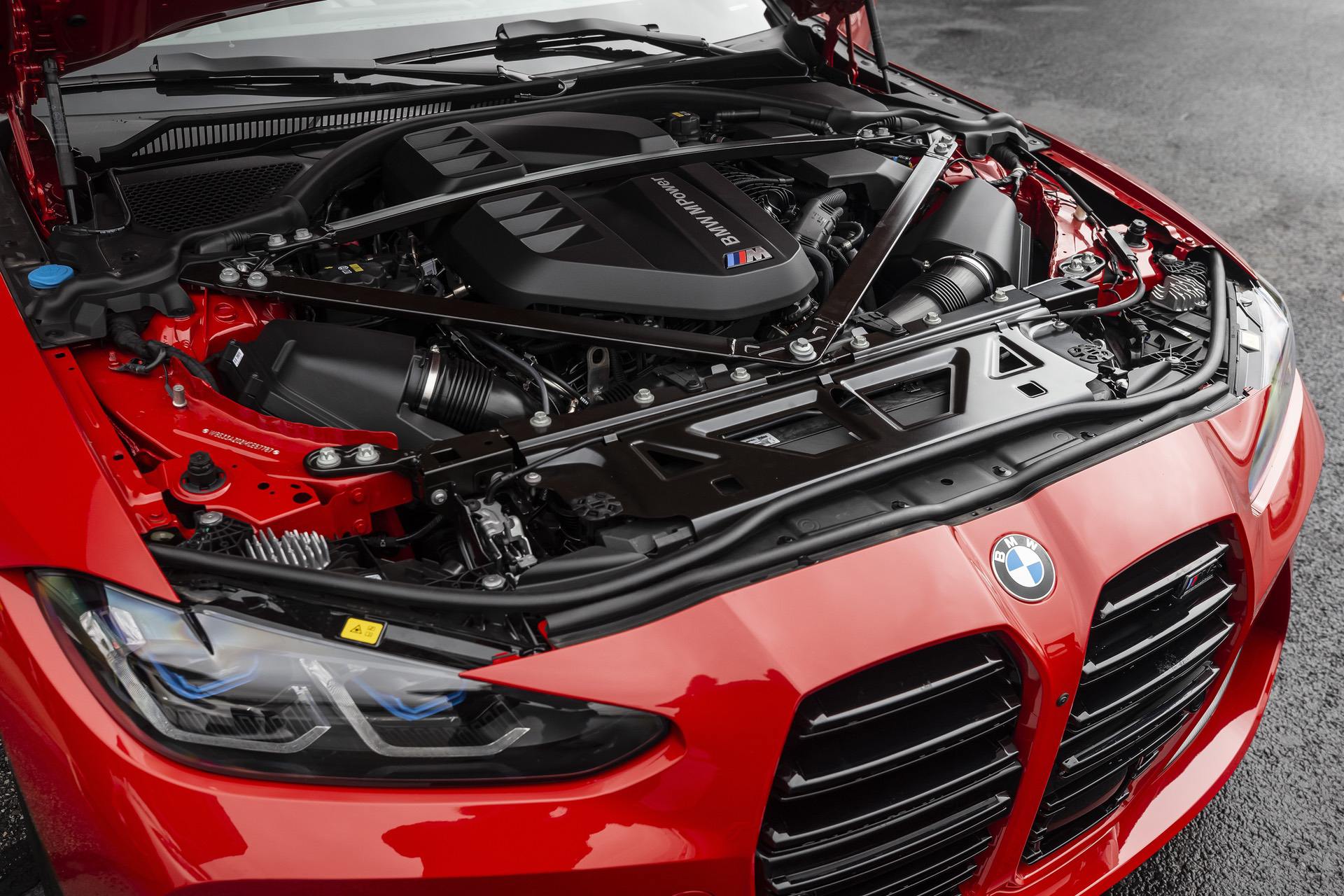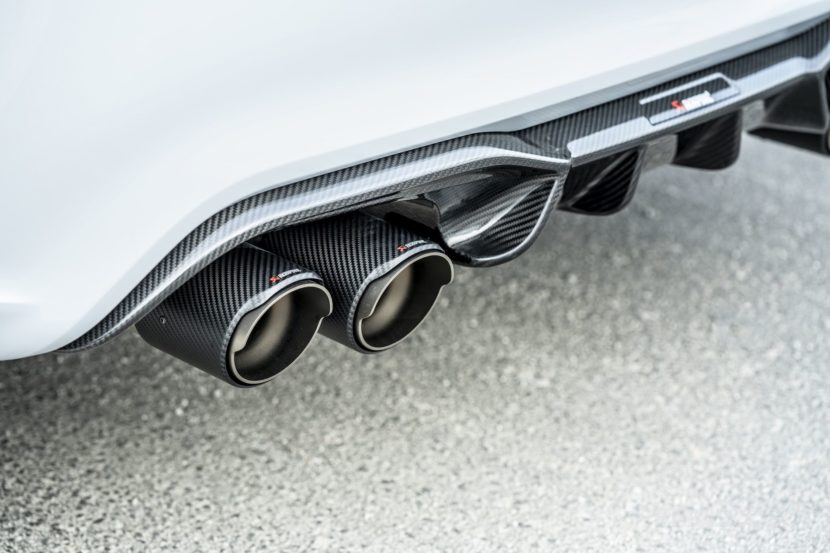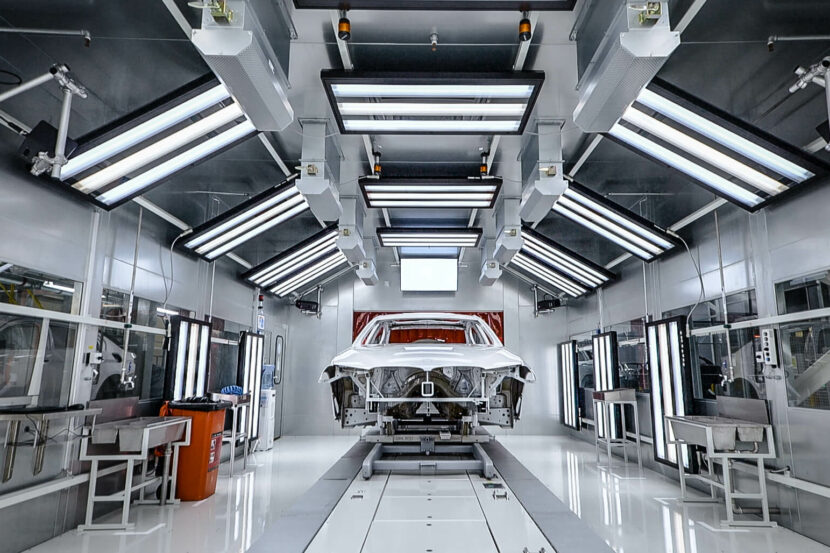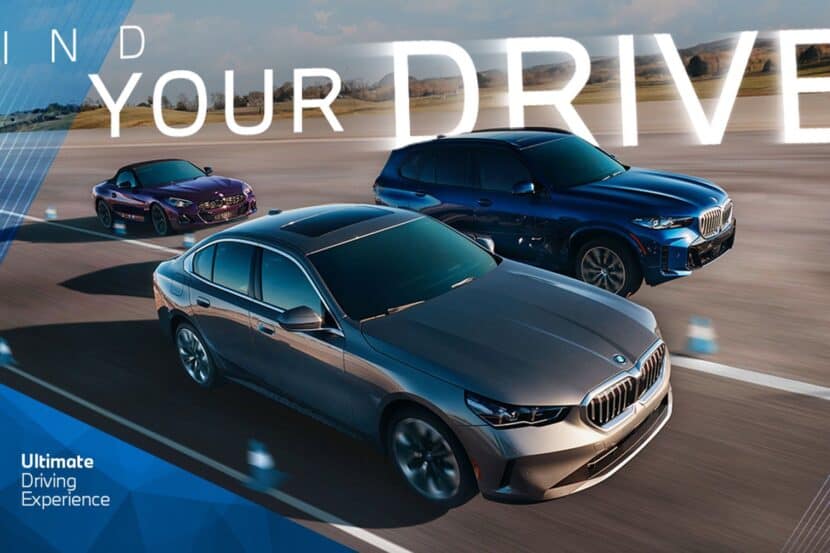Ever since Euro 1 was implemented back in 1992, automakers active in Europe have had to constantly improve their combustion engines by making them run cleaner. The current Euro 6 standard came into effect in 2014 and was supposed to be replaced by Euro 7 in mid-2025. However, the initial plan has been pushed back by five years and will come into effect in July 2030. Last year at the BMW Group’s Annual Meeting, CEO Oliver Zipse said the implementation of Euro 7 in 2025 per the original schedule would be “entirely unfeasible.”
This week, the European Parliament voted in favor of the Euro 7 standard but in a watered-down form compared to the original proposal made by the European Union a couple of years ago. There are stricter pollutant limits for trucks and buses whereas the ones for cars and vans will remain unchanged. The less severe legislation arrives following backlash regarding the original rules from European car companies and countries such as the Czech Republic, France, and Italy.
Car manufacturers made a valid point when they presented their case to keep the Euro 6 standard largely unchanged for its successor. Considering the EU will ban sales of new vehicles that generate harmful emissions from 2035, it doesn’t make sense to force automakers to invest in existing engines when these will be retired anyway. Instead, the R&D money can be put to good use to develop electric vehicles, be they with batteries or a (less likely) hydrogen fuel cell.
For the sake of clarity, the 2035 ban doesn’t explicitly refer to combustion engines but rather to cars that have CO2 emissions. This leaves the door open for ICE vehicles that run on synthetic fuel but it remains to be seen whether the e-fuels will become feasible by then. The issue is not with the technology itself but rather with ramping up production to keep up with an influx of new cars.
Even though Euro 7 has been pushed back to 2030, automakers still have to adapt to stringent emissions regulations. Tougher targets coming into effect in 2025 mean the average fleet new car CO2 emissions will have to go down from 95 g/km in the NEDC cycle to 93.6 g/km per WLTP. Each vehicle that has emissions above that threshold will cost the automaker a €95 fine, multiplied by every single CO2 g/km above that 93.6 g/km.
That might not sound like much, but it quickly adds up when you’re selling tens of thousands of cars. The BMW Group has crunched the numbers and says its EU fleet-wide emissions were 102.1 g/km (WLTP) in 2023, down by 2.8% compared to the year before. The applicable fleet target in the EU (plus Norway and Iceland) was 128.5 grams per kilometer, so the BMW Group outperformed it by 26.4 grams.
Increasingly stricter emissions-related legislation is forcing BMW and other big players in Europe to roll out aggressive electrification agendas through plug-in hybrids and pure EVs. Mild-hybrids are also a partial solution, along with self-charging hybrids such as the ones pioneered by Toyota. Having to face tougher emissions rules, automakers are downsizing their engines. Fewer cylinders are also caused by high taxation in EU countries on new cars with large-displacement engines.
Source: Automotive News






































































